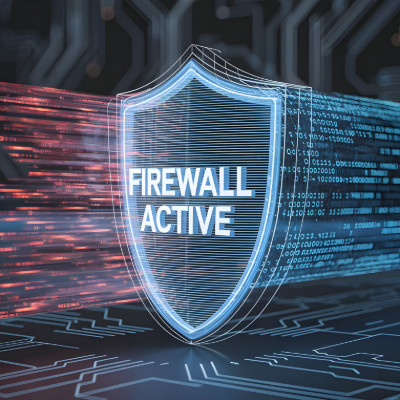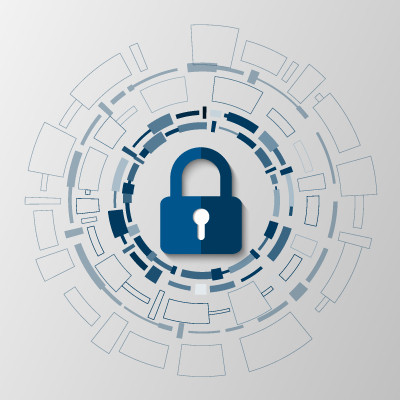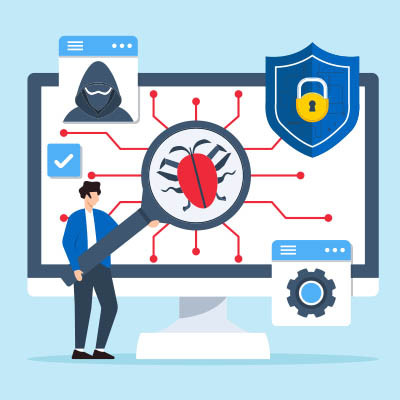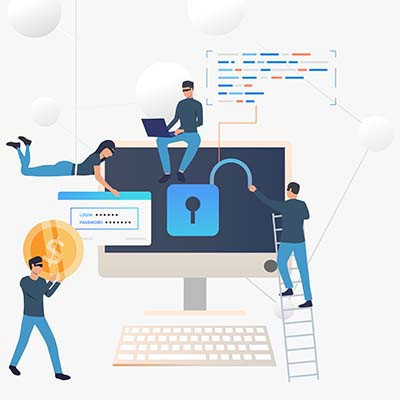Remember the stereotypical hacker? A lone kid in a hoodie, fueled by caffeine and curiosity, breaking into a system just for the thrill or bragging rights? That image is obsolete. Today, hacking has evolved from a counter-cultural movement into a sophisticated, multi-trillion-dollar global industry.
One Up Solutions Northwest Blog
There’s a reason why we tend to focus on security, and that’s because it’s not a matter of if you experience a cyberattack, but when. It’s your responsibility to make sure that you’re ready to act in the right way when faced with these attacks. One of the best ways you can be prepared is by working with a managed service provider like us. Today, we have three ways we, as a managed service provider, can help you take the fight to cybersecurity threats.
Technology is woven into almost everything we do, from collaborating on projects to connecting with clients. Making sure we handle this technology correctly is important for the efficiency and security of your entire business. In this month’s newsletter, we just wanted to go through a couple of actions that can help any professional improve their technology.
Phishing is the most common way hackers “get you,” so /to speak, but have you ever wondered why it’s so effective? Today, we want to explore the reasons why phishing schemes are so enticing to even the most security-conscious individuals out there. You might be surprised to know that even security professionals can fall prey to these types of attacks, and for very good reasons.
Cybersecurity is intensely important, so a business owner would think implementing every security feature and defense would be a good idea. However, as research has shown, this can be counterproductive, as only 67% of surveyed security leaders know what led to cybersecurity incidents in their businesses over the past year.
Data breaches can cripple companies and can come from a lot of different directions. They can be the result of phishing attacks where your staff unwittingly gives hackers access to your business’ resources. It can come from a brute force attack where hackers use innovative tools to break into your network. It can even be the work of disgruntled employees who use their access to steal company data. This month, we want to outline the top three things you can do to keep your business from being hacked.
Have you ever heard of the “man-in-the-middle” attack or MitM? It’s a situation where your data is stolen by an onlooker who situates themselves in the right place at the right time. Data interception is a very real thing that your business should be prepared to fight against. Let’s discuss some strategies you can use to counter these sneaky attacks.
The world’s largest ticket retailer is in hot water after their parent company, Live Nation Entertainment filed an 8-K filing with the Security and Exchange commission admitting that they had been hacked to the tune of 1.3 terabytes of information. That amounts to 560 million customers’ personal information that has been stolen from the company’s servers. Today, we take a look at the hack and what it means for consumers.
Social media scams encompass fraudulent activities and deceptive schemes that occur across various social media platforms. These scams target users on platforms like Facebook, X (formerly Twitter), LinkedIn, and numerous others, irrespective of their age or background. They exploit individuals' trust, curiosity, or lack of awareness. Social media scams manifest in various forms, and the following are some common examples.
Phishing attacks have consistently been prominent in cybercrime throughout the past few years, not only due to their efficacy but also because there are so many avenues wherein phishing can be attempted. The first that comes to mind is email, of course, but you and your team need to keep these others in mind.
Take, for instance, a phishing voicemail…dubbed, naturally, a “phoicemail.”
It hasn’t been very long since T-Mobile experienced its latest major hack, but unfortunately, here we are again. Hackers have again accessed customer data, with 37 million customers being affected amongst both their prepaid and subscription-based accounts.
Let’s dive into the situation, and what can be learned from it.
While many small businesses shrug off cybersecurity needs as too expensive an investment for an organization of their size, this is a potentially catastrophic mistake. The fact of the matter is that small businesses are regularly targeted by cyberattacks, making the aforementioned cybersecurity needs even more needed.
Due to the almost faceless nature of many cybercrime acts, it can be easy to see them as nothing more than the acts themselves, which is of course not true in the slightest. Behind these attacks are people, and where people performing illegal acts are concerned, there will always be concerns about other criminal acts which perpetuate the ones at the surface.
Sometimes the worst scams out there are the simplest ones. Hackers don’t need a fancy or complicated malware or algorithm to create chaos for your organization; all they have to do is convince you that the email you’ve received in your inbox is from someone of authority within your business. Let’s go over how a business email compromise is pulled off and why you need to be wary of threats like these.
Imagine this scenario: you’re going about your daily tasks when you receive an email from a cybersecurity company claiming that you have become the target of a hacking attack. Now, you don’t work in IT, so you’re not sure what your security agency is or what security policies or procedures you have in place, so you trust the message and respond to the email. Unfortunately, the message came from a cyberthreat, and now you are on their hook, line and sinker.
Data breaches—any event where a business’ confidential data is viewed, copied, or stolen by an unauthorized person or party—are a serious problem. Unfortunately, they are also a serious problem that can be caused by no shortage of situations. Let’s review some of the causes of business data breaches so you’ll know what to keep an eye out for.
Cybersecurity is an important subject for a business’ entire team to appreciate, particularly when it comes to the minute differences between different terms. For instance, a layperson might hear “breach” and automatically think “security incident.” While this technically isn’t incorrect, per se, the two terms aren’t really synonymous.
Let’s take a few moments to dive into the minutiae and define these two terms more clearly.
Nothing is more frustrating than going to log into your device and finding out that you either cannot access it or that files you thought were there have been wiped. Unfortunately, this is the situation that many users of a specific device have recently gone through. Thanks to an unpatched vulnerability, users of Western Digital’s My Book network-attached storage device are suffering from lost files and lost account access stemming from remote access.




















